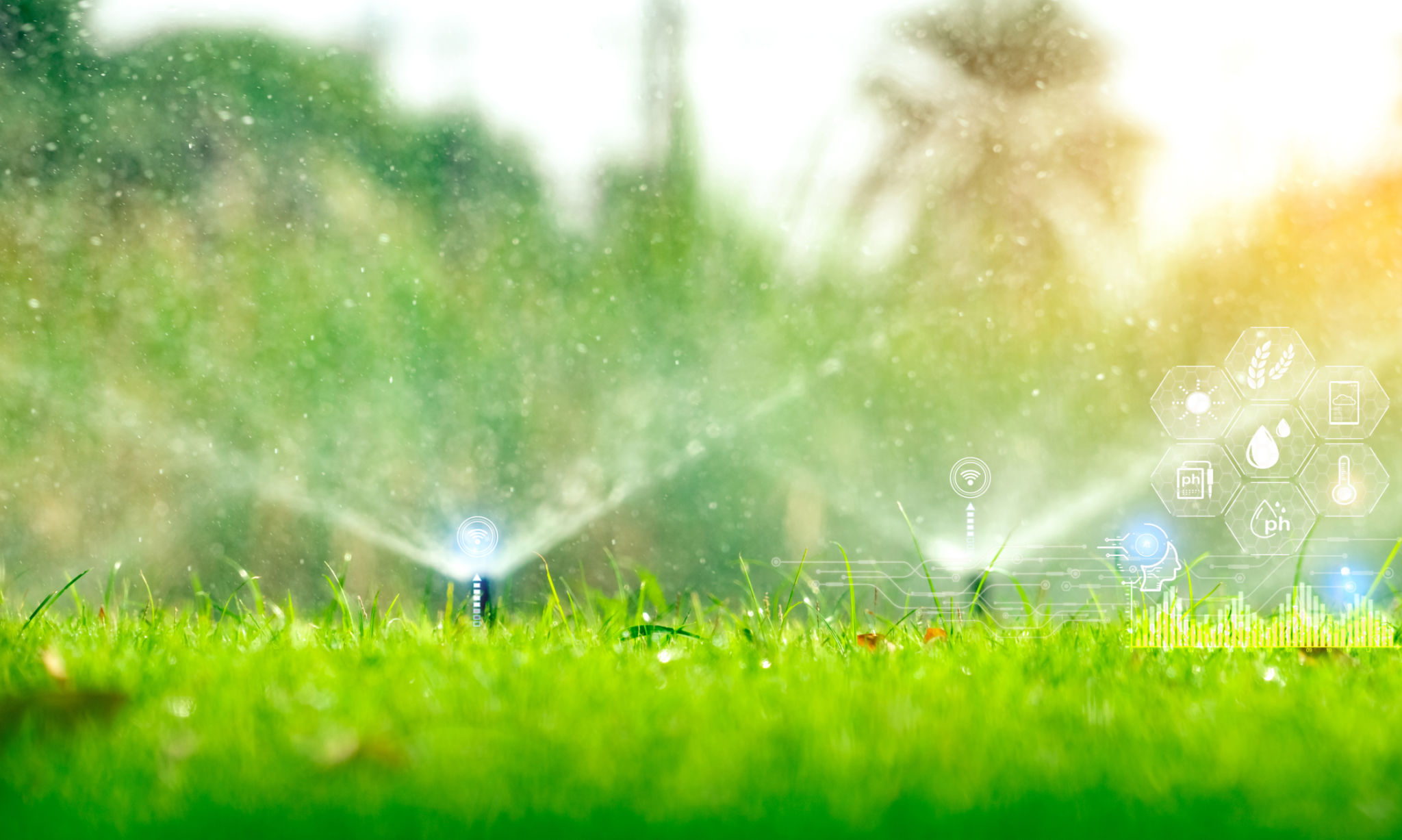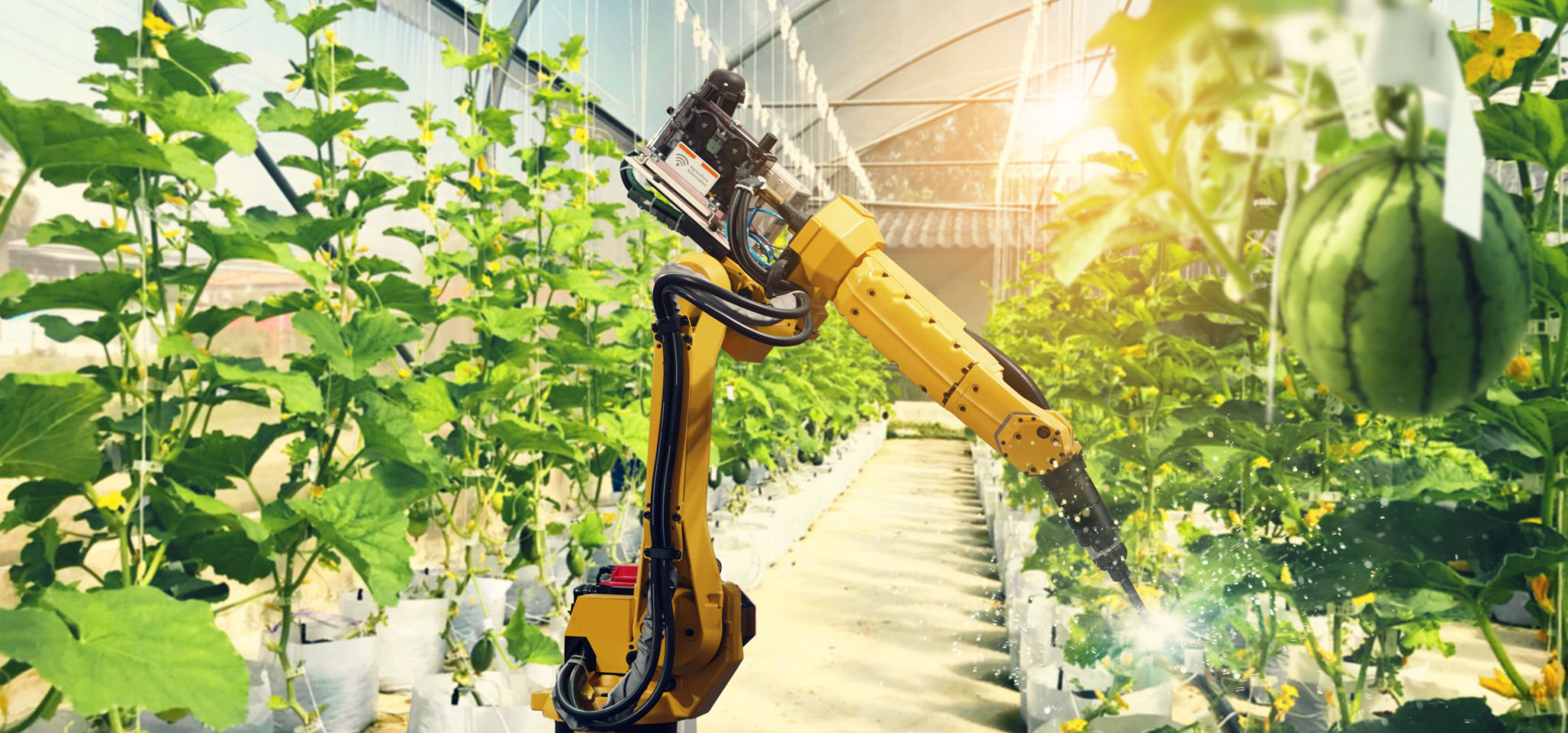Top Robotic Farming Solutions to Boost Your Yield
Introduction to Robotic Farming
In recent years, the agricultural industry has witnessed a technological revolution with the advent of robotic farming solutions. These innovations are designed to enhance productivity, reduce labor costs, and optimize resource use. From planting to harvesting, robots are transforming how farmers operate, offering precise and efficient alternatives to traditional methods.

Automated Planting Systems
Automated planting systems are at the forefront of robotic farming. These systems use GPS and machine learning to plant seeds at optimal depths and spacing, ensuring maximum yield potential. By precisely placing seeds, these machines minimize waste and reduce the need for manual labor.
Furthermore, automated planting systems can adjust to different types of soil and crop conditions, making them versatile tools for farmers looking to maximize efficiency. With the ability to operate round-the-clock, these systems significantly increase planting speed and accuracy.
Advanced Irrigation Solutions
Water management is crucial in agriculture, and robotic solutions are making irrigation smarter and more efficient. Advanced irrigation systems use sensors and data analytics to deliver the right amount of water to each plant, reducing waste and conserving this vital resource.

These systems can monitor soil moisture levels in real-time, adjusting watering schedules automatically to match the needs of the crops. This precision not only boosts yield but also contributes to sustainable farming practices by minimizing water usage.
Robotic Weeding and Pest Control
Weeding and pest control are labor-intensive tasks that robotic solutions are now handling with remarkable efficiency. Robots equipped with cameras and AI can identify weeds among crops and remove them without damaging the plants. This reduces the reliance on chemical herbicides and promotes healthier crops.
Similarly, robotic pest control systems can detect and target specific pests, applying treatments only where necessary. This targeted approach not only saves resources but also reduces the environmental impact of traditional pest control methods.

Harvesting Robots
The harvesting process is another area where robots are making a significant impact. Harvesting robots use advanced vision systems to determine the ripeness of fruits and vegetables, ensuring that only the best produce is picked. These robots can work tirelessly day and night, increasing the speed of harvest without compromising quality.
By reducing human error and damage to crops, harvesting robots help farmers meet market demands while minimizing losses. Moreover, they free up human labor for more complex tasks, improving overall farm efficiency.
Conclusion: The Future of Farming
As technology continues to advance, robotic farming solutions will play an increasingly vital role in agriculture. By embracing these innovations, farmers can boost their yields while promoting sustainable practices. The integration of robotics into farming not only addresses labor challenges but also ensures a more efficient and productive agricultural future.

With ongoing developments in AI and machine learning, the potential for robotic farming solutions is immense. As these technologies evolve, they promise to further revolutionize the agricultural landscape, offering new opportunities for growth and sustainability.